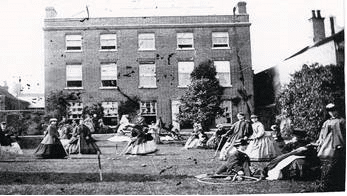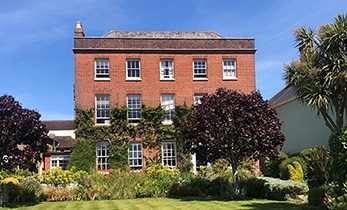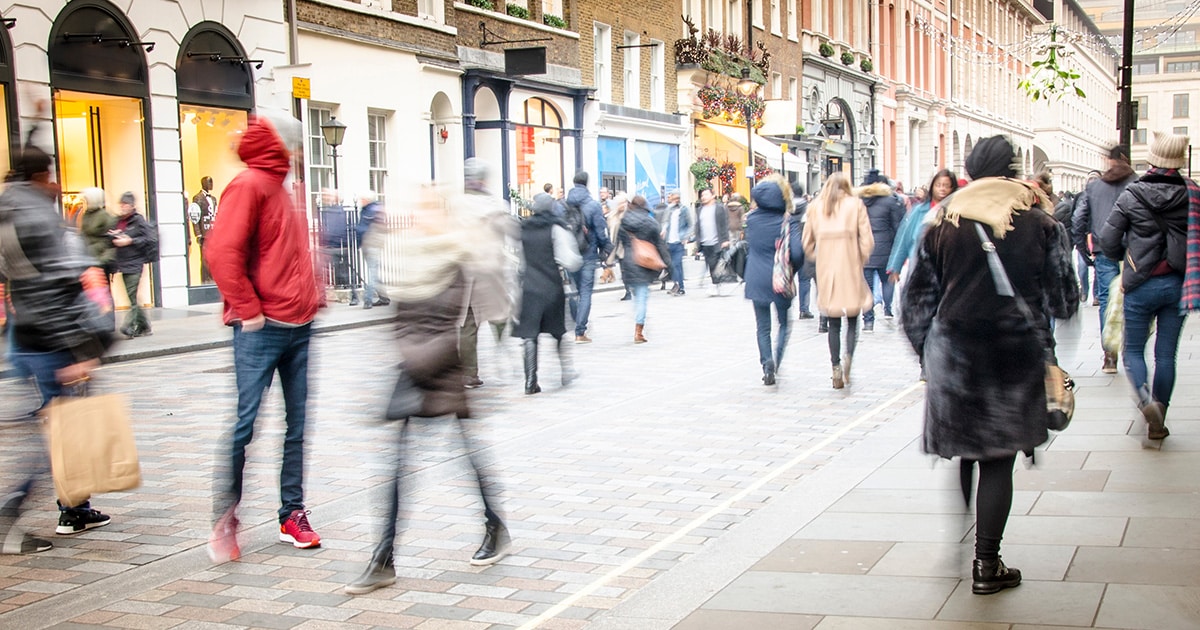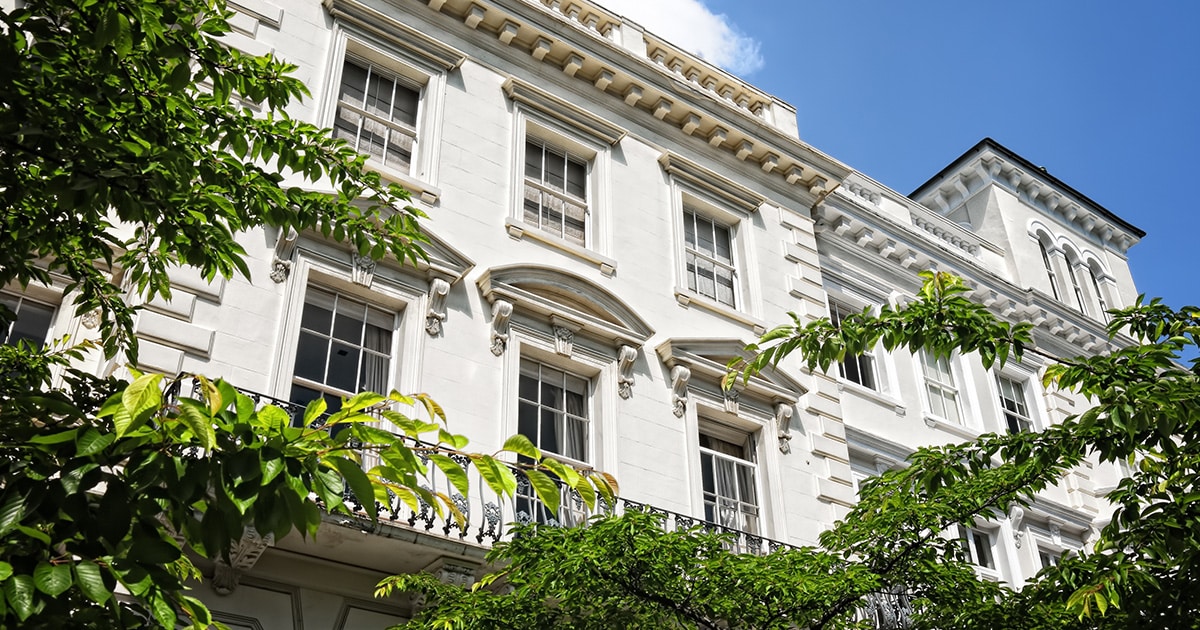Lymington office – discover the history
Whilst the name Moore Barlow is a new name to Lymington town, its heritage and associations with Lymington stem back over 200 years to 1797. The building which houses the current Lymington office also has a distinguished pedigree having been built in 1765 as the town house for the local aristocratic Burrard family. Their main country residence being at nearby Walhampton. You can tell that the family were extremely wealthy because the bricks to build the house are laid with the short end facing outwards so more bricks (which were an expensive commodity at the time) were used to display their wealth to the Town.
By 1828 the property had been purchased by another distinguished family, the St Barbes, and Charles moved into the property in that year. He was a prosperous businessman as well as being involved in running Lymington’s first bank with other members of the family. As a prolific figure in the salt industry in the area he owned several Salterns until the industry declined in the 1830s due to increasing taxes and the discovery of some economical sources elsewhere. There is a tunnel, (now walled up), running from the house down to the quay. With the decline of the salt industry, many salt workers became unemployed and turned to smuggling as a way to supplement incomes. The tunnels from the quay were used to smuggle wool out and alcohol in. Charles was also a well-known public figure having been Mayor of Lymington six times and considered to be of a “tranquil and studious disposition, a kind and good man and a talented Antiquary”.
Following Charles St Barbes’ death, the property remained uninhabited for a good part of the mid-19th century before becoming a Girls Finishing school. This School aspired to the high standards of the time and took in young ladies from all over the UK from the ages of 11 to 17. By the later 19th century, there were 6 teachers including a French teacher, a drawing and watercolourist teacher and a German teacher and 34 boarding students. The School was regarded as one of the most important in the County. The 1901 census shows the house as a boarding house and in the early part of the 20th century was a doctor’s surgery.
The property became the Lymington office for Moore Barlow (then Moore & Blatch) in 1951 and has remained a hub for serving the community ever since. Together with its garden (opened occasionally during the Summer to for local charity fund raising events) it remains an absolute gorgeous part of the fabric and heritage of the firm.









